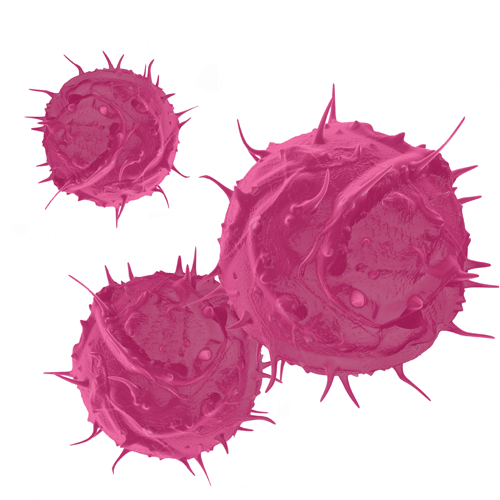 Testing....
Testing....
More stem cells ensure a higher rate of transplant success and patient survival.
When stem cells are needed to treat a critical disease or condition, doctors can effectively predict patient recovery and transplant success by evaluating two factors - HLA compatibility and stem cell dose.
The number of cord blood stem cells in relation to the recipient’s body weight is called stem cell dose, and it is the most significant predictor for overall transplant patient survival.1
Researchers from the University of Minnesota School of Medicine determined that cell dose was the one factor that directly affected the rate of recovery and the probability of transplant-related mortality.2


Stem cell dose greatly impacts the rate of platelet engraftment. Delays in platelet engraftment are the primary markers for the development of severe GVHD. Since GVHD is the leading cause of death following a stem cell transplant, patient survival and transplant success can be directly attributed to the number of stem cells received.
To ensure the highest stem cell dose possible, it is important that cord blood is processed quickly. Cord blood and cord tissue processed 24 hours or more after collection could result in a significant loss of viable stem cells.